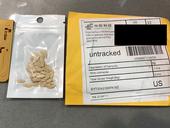
Have you had unexpected seeds show up in the mail? Unknown seeds could be invasive plants, contain invasive insects, or have plant disease causing agents. Here's what the United States Department of Agriculture Animal Plant and Health Inspection Service (USDA APHIS) has to say about it.
USDA Investigates Packages of Unsolicited Seeds
USDA is aware that people across the country have received suspicious, unsolicited packages of seed that appear...
- Author: Elaine Lander
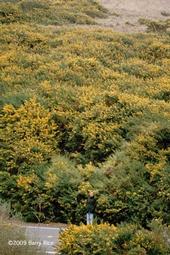
Brooms are shrubs which were originally planted in California as ornamentals and for erosion control, but are now considered to be invasive weeds since they are highly competitive. They crowd out native plants and form impenetrable barriers to wildlife. There are four common species of broom in California: Scotch broom, French broom, Spanish broom and Portuguese broom.
In the newly revised Pest Notes: Brooms, UCCE advisor Scott Oneto and UC Davis weed scientists Joe DiTomaso and Guy Kyser explain the issues with planting these invasive species. The publication includes expanded sections on biology and management and updated herbicide...
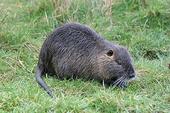
(Credit: J Gross)
Nutria are found near rivers, streams, lakes, ponds and wetlands. Their burrowing and feeding on vegetation can cause damage. In addition, they can carry pathogens and parasites.
Learn how to identify nutria and distinguish them from other native look-alikes in this fact sheet from the California Department of Fish & Wildlife (CDFW). If you think you've found nutria in California, be sure to report it to CDFW. You can find more about nutria from their website.
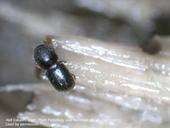
(Credit: A Eskalen)
Small beetles are causing big problems in Southern California. Two closely related species, the polyphagous shot hole borer and the Kuroshio shot hole borer (collectively referred to as invasive shot hole borers), have been attacking more than 60 species of trees. These invasive beetles create a series of tunnels, or galleries, where they lay eggs and cultivate a Fusarium fungus to use as a food source. The fungus causes branch dieback, general tree decline, and can result in tree death. The beetles have been found in Los Angeles, Orange, Riverside, San Bernardino, Ventura, Santa Barbara, and San Diego counties.
What should you look for?
Invasive shot hole...
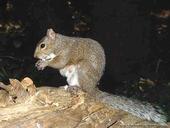
While some may find them cute, both the Eastern gray squirrel (Sciurus carolinensis) and the Eastern fox squirrel (S. nigeri) are actually invasive species in California. They are two of four species of tree squirrels found throughout the state. Regulations regarding management of tree squirrels is complicated, so it is important to be able to identify squirrels to species level.


